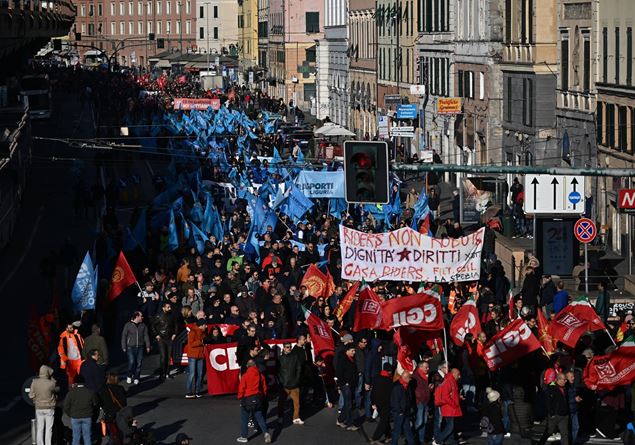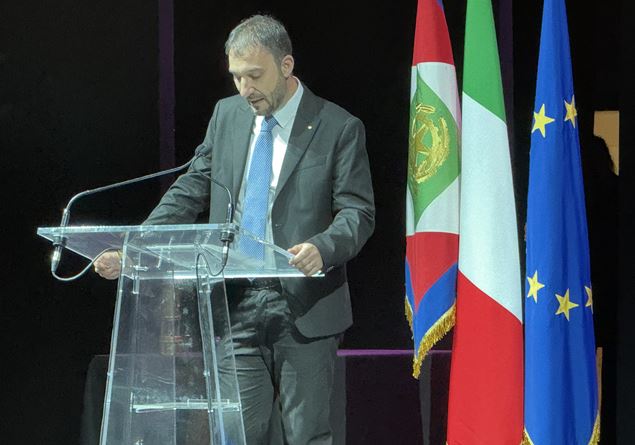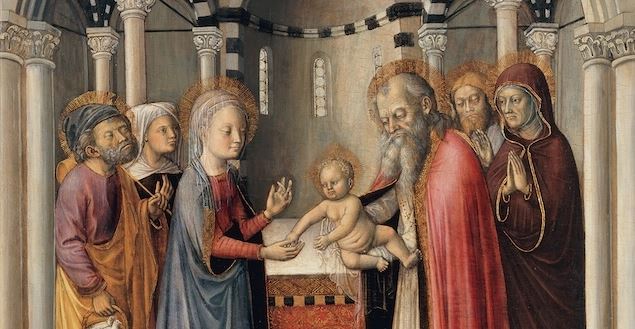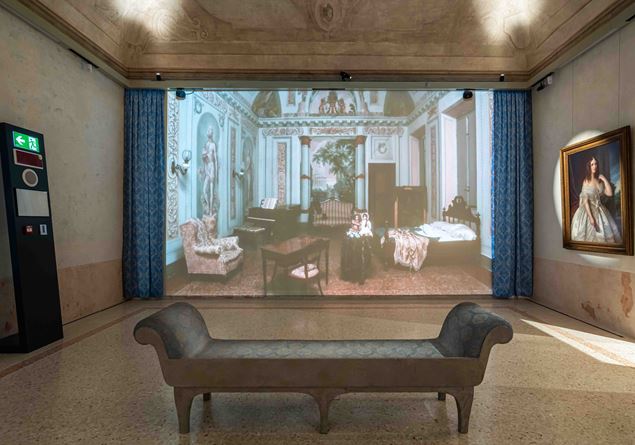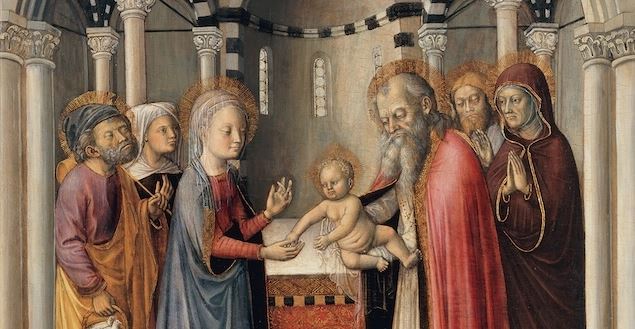
Extreme attention to detail, mastery in the rendering of light, brilliant colors and refined elegance. These are the figures that we admire in Flemish painting of the fifteenth century and not only that, we find them in the open exhibition in Milan until January 31st at the Orsi Gallery, which can be visited for free during the Gallery’s opening hoursdedicated to the Italian painters who dialogued with Flanders, allowing themselves to be inspired and contaminated by it. Just a question of light. Italy and the charm of Flanders between the fifteenth and sixteenth centuries is the title of the exhibition which contains a refined selection of paintings whose common thread is the artistic inspiration of the Nordic masters, edited by Mauro Natale who edited the catalog which can be downloaded in PDF on the gallery website.
Among the works on display there Presentation of Jesus in the Temple by Donato de’ Bardi, a key work of Italian painting of the first half of the fifteenth century. The artist had become acquainted with Northern Europe through the specimens present in Genoa in the first half of the century. The cleaning, carried out by Barbara Ferriani, during the restoration in 2007, returned the pictorial surface to its original luminous transparency, allowing us to fully grasp the technical refinements of the execution, the precious refinement of the gold finishes on the edges of the robes and the halos and the minute definition of the features of the faces and the folds of the fabrics, which in their attention to detail arouse the admiration of those who approach this type of painting.
The exhibition is an opportunity on the one hand to also review the Resurrection of Christ by Ambrogio da Fossano, known as Bergognone (circa 1453 – 1523), which has not been exhibited to the public since 1998, recently identified as the central element of the upper order of a large polyptych on two registers executed by Bergognone for the church of Santi Stefano e Domenico in Bergamo in the second decade of the sixteenth century, was probably one of the last major public commissions of the artist.
On the other, to know two paintings part of a polyptych by Zanetto Bugatto, which recently rediscovered enrich the heritage of fifteenth-century Lombard painting. Court painter of the Sforza family for about twenty years, Zanetto Bugatto has long been an elusive and mysterious figure, today scholars are inclined to identify him with the Master of the Madonna Cagnola. His painting is influenced, like that of Donato de’ Bardi, by the examples of Flemish painting that he encountered during a period of study in Rogier Van’s workshop. It is thought that he trained in Genoa in the early 1950s and that he was influenced by Donato de’ Bardi so much as to suggest that he grew up in his workshop.
To these works all orbiting in the Lombard context are added the four doctors of the Church Antonio da Viterbo, a painter who worked in Lazio in the third quarter of the 15th century and who shares with the others the characteristics common to Flemish inspiration. To the tables that constitute its heart, the exhibition combines three miniatures, initials decorated on parchment, by the Master of Solomon Wildenstein (perhaps identifiable but the issue is controversial with Protasio Crivelli, apprentice miniaturist to the Milanese Marco d’Oggiono, active in Lombardy, late 15th – early 16th century), one of them dedicated toAdoration of the Magi It is particularly suitable for the Christmas period which coincides with the exhibition.



